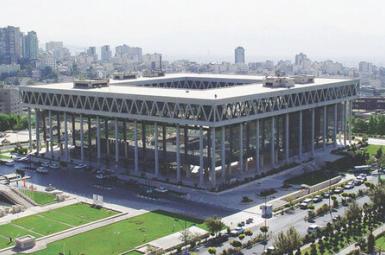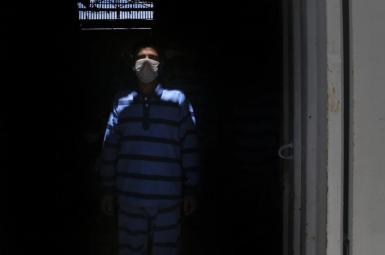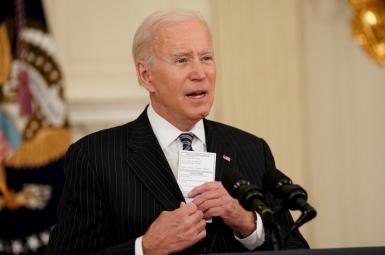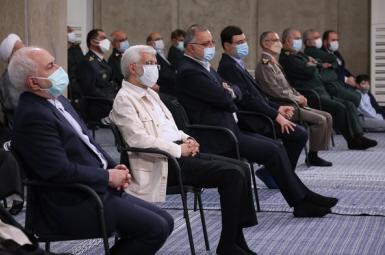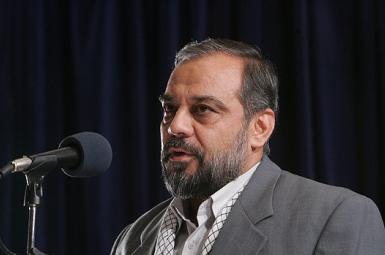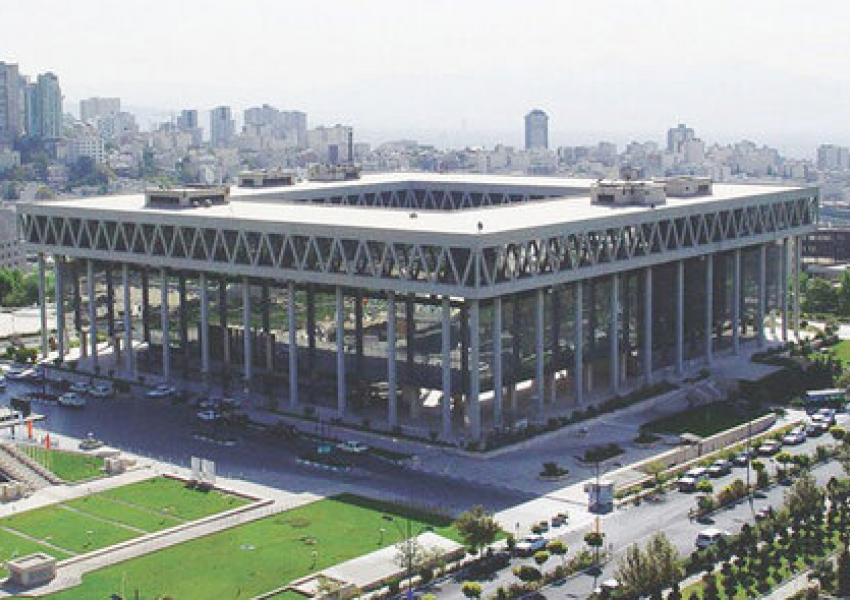
Television Turns 62 In Iran As Its Role Has Changed To A Disinformation Platform
Television in Iran turned 62 on Friday October 2. The first television station in Iran was launched in the late afternoon of October 2, 1958, which happened to be a Friday.
During the past six decades, television in Iran has changed from a medium for restricted news and information, as well as a platform offering entertainment and boosting social awareness and national identity during the monarchy, to a means of full-fledged religious and ideological propaganda and outright disinformation for the Islamic rulers.
The National Radio Television (NIRT) controlled by the government was launched in 1966. Before that the TV was a private venture launched by an entrepreneur named Habibollah Sabet. It was a medium for entertainment with minimal news coverage that was fed by the country's -then - official news agency Pars. This channel was merged into the state broadcaster when it was launched in 1966.
The NIRT was around for less than 13 years, from July 1966 to February 1979. It was during this period that television in Iran played its part in informing and educating Iranians and helping them to be part of the international community. Shah’s vision of rapid economic progress and modernization was the ideological bent of the NIRT.
The NIRT was launched by Reza Qotbi, a relative of Empress Farah, and around 50 well educated engineers and intellectuals. In less than two years they developed what they had inherited from the private channel the government bought from Sabet, set up a new headquarters on the hills at the foot of the Alborz mountains, trained new staff members set up their own modern newsroom and studios. Radio Iran that was launched in 1941 by the government also became a part of NIRT.
Iraj Gorgin, a news presenter on NIRT, in late 1960s
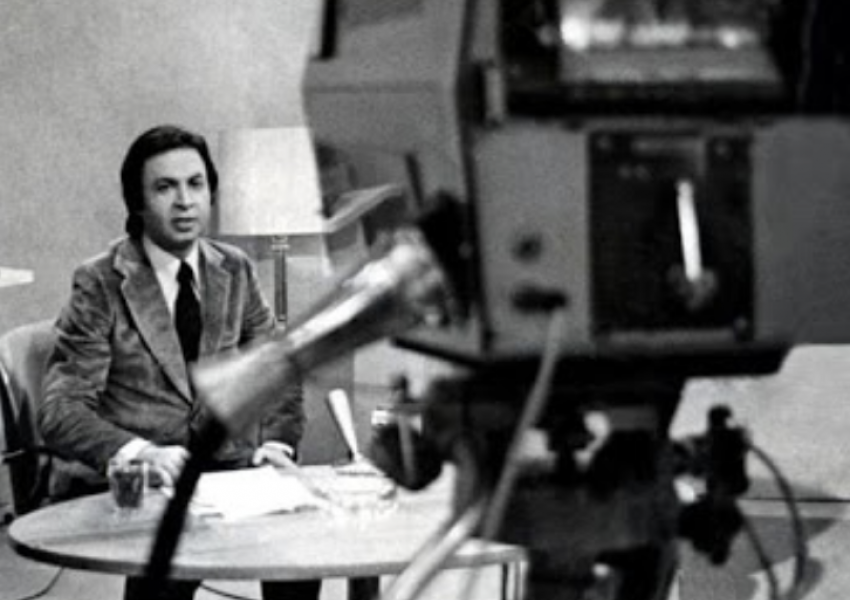
Within the 12 years before the Islamic revolution, the NIRT became the country's leading media outlet. It offered news and current affairs, entertainment and social awareness, and strengthened the sense of national identity among the nation.
Although news dissemination on the NIRT was state controlled and did not allow any criticism of the monarchy, yet everyone else, including the prime minister and his cabinet could be criticized within reason in the current affairs programs. But the most important thing was that the royal court did not take advantage of the state TV to constantly glorify monarchy. Instead, the royal court occasionally used the TV to present a down-to-earth image of the Shah and his family.
No doubt the king was mentioned with reverence and praise during news programs, but only when there was news related to his activities.
Documentary programs such as Iran Zamin took TV cameras to remote villages to show Iran's rich culture to people living in various parts of the country and at the same time highlighted what was needed to be done for the development of rural areas.
Meanwhile, women and young Iranians had their own place on TV both as producers and presenters while the state television offered opportunities for their growth and development.
This is in high contrast to the way the Islamic Republic of Iran glorifies the Supreme Leader and for instance carries his picture and a motto such as "leap in production" during all broadcasts for months although viewers know that not only there is no boost in production, the country's economy has gone bankrupt as a result of sanctions, mismanagement and corruption.
A children's program on Iran TV before the revolution
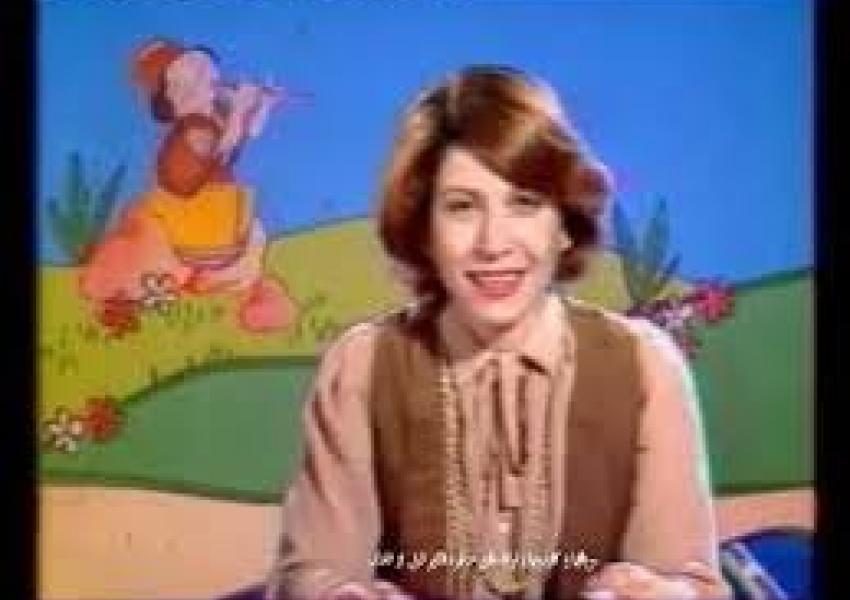
During the past 42 years following the Islamic revolution, the state television's staff have increased from over one thousand to over 40 thousands and the number of its channels increased from two in 1979 to tens of similar channels with similar outputs that justify the government's failures, glorify Supreme Leader Ali Khamenei on a daily basis and propagate his oblique world vision.
News programs portray Iran as part of a power alliance with China and Russia and project a misleading image of the Western world where all bad things happen.
The same line of thought is evident in all other programming including children's programs that work as a tool for brainwashing Iranian children. Such programs sometimes go out of their way to misinform children. For instance, they portray even Tom and Jerry cartoons as "Zionist" propaganda to undermine Islamic Republic's values.
Children's program on Islamic Republic TV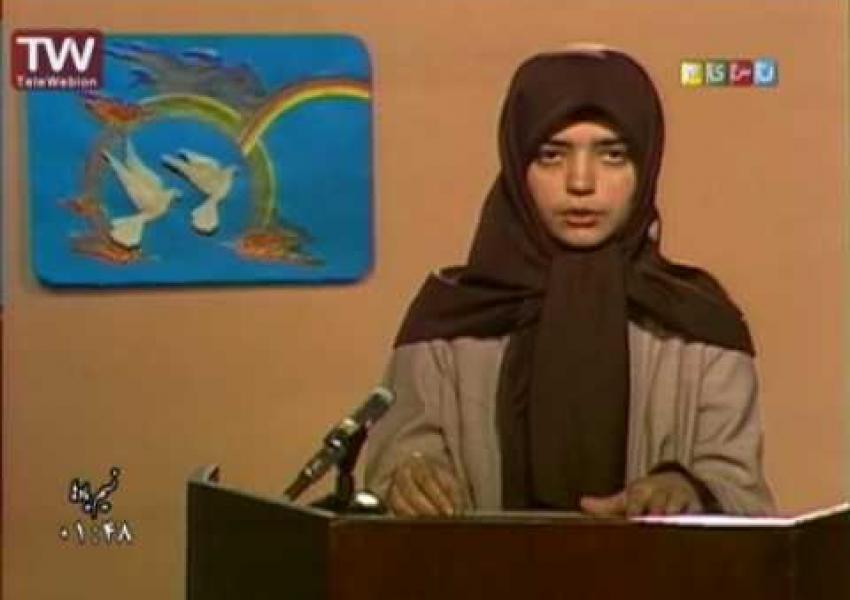
In it entertainment programs, the IRIB, short for the Islamic Republic of Iran's Broadcasting organization, condemns Hollywood for what it calls "conspiracy against the Islamic Republic."
In the meantime, by allowing the country's security apparatus to intervene in programming, the state TV has allowed itself to be used as a disinformation tool for mudslinging against intellectuals and political prisoners by featuring forced confessions in which victims make self-incriminating statements.
The TV under the monarchy occasionally brought political prisoners before its cameras too, but the footage still available on the Internet reveal that this was also the prisoners' chance to defend themselves and explain their cause.
One of the worst damages made to the reputation and credibility of the state television under the Islamic Republic was turning it into a propaganda tool for only one political faction and alienating all other groups. During election times, hardline conservatives are given every opportunity to promote their cause and at the same time tarnish the image of their political rivals.
As a result the viewership of the IRIB has dropped dramatically. Various estimates by regime insiders indicate that at least 70 percent of the population get their news from foreign broadcasts into Iran. The role of social media as a source of news has become dominant.
President Hassan Rouhani has been criticizing foreign-based TV channels for countering his administration's propaganda about the government’s alleged economic successes. On October 3, he even claimed that Iran's economy was doing far better than that of Germany and at the same time continued his daily criticism of foreign-based media and thanked the IRIB for educating Iranians about the COVID-19 pandemic.
At the same time, the IRIB has dedicated one of its channels, Ofogh, totally to the IRGC. The channel broadcasts the narrative of the hard core of the Iranian regime about the "resistance front" meaning opposition to the United States and Israel in the region.
Meanwhile, channels such as Al-Alam, Press TV and Hispan TV as well as a dozen other channels broadcast hardline anti-US, anti-Israel and anti-Saudi propaganda in Arabic, English, Spanish, and many other languages.
As if these are not enough, on channels such as Hodhod and Al-Kowsar the IRIB also beams programs that advocate Shiism in Sunni-populated areas of the world and stir controversy by giving way to unnecessary and outdated debates that bear no fruit other than division and discord among Muslims.
